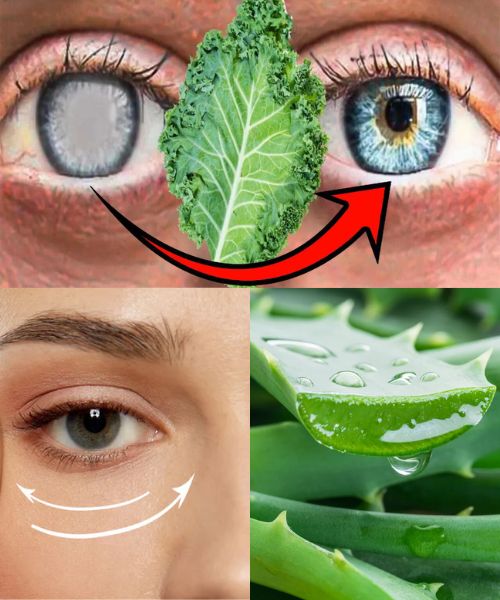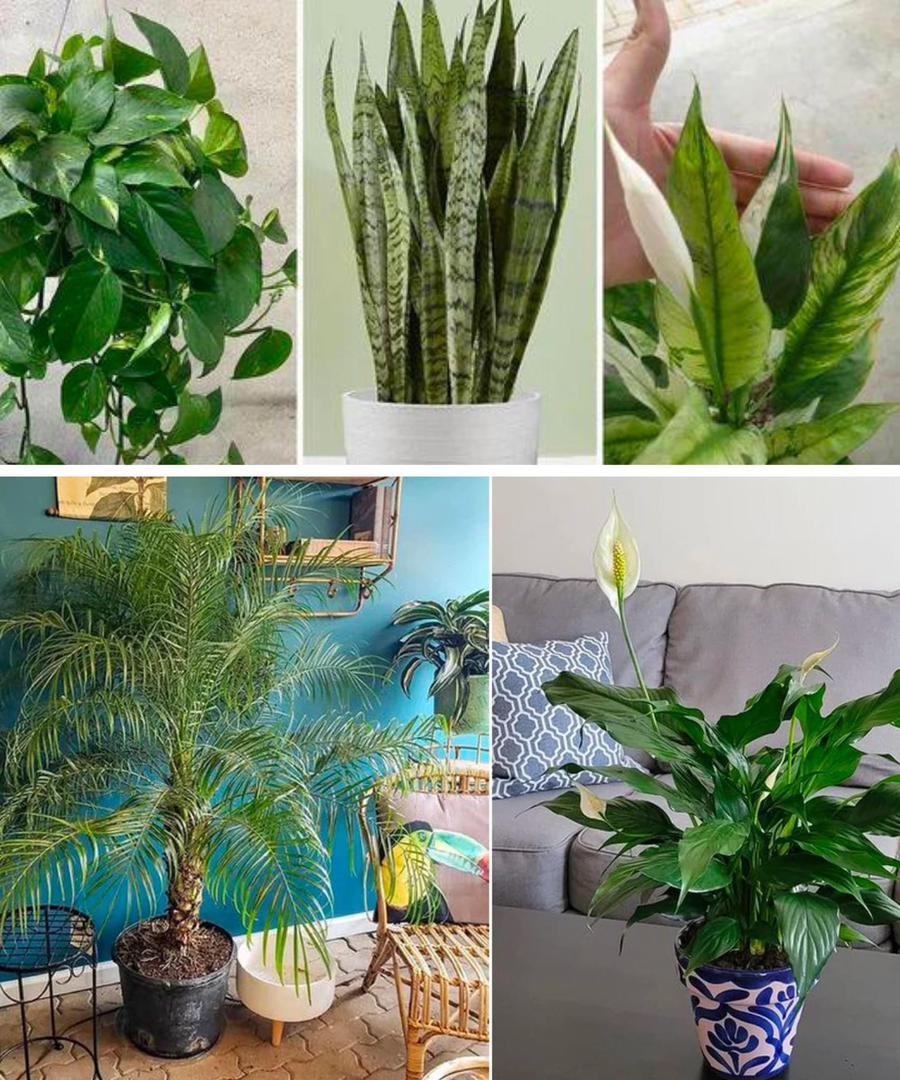Maintaining good vision goes beyond just wearing glasses or screen filters. Our eyes require proper nutrients to stay strong and healthy, and nature has blessed us with specific plants that promote eye health naturally. Let’s explore five leaves that are exceptional for eye wellness and can easily be incorporated into everyday meals.
1. Spinach – A Powerhouse of Lutein and Zeaxanthin
Spinach is famous for its vibrant green color and nutrient density. Packed with lutein and zeaxanthin, spinach offers potent antioxidants that specifically help protect the eyes from harmful UV rays, screen light, and blue light. It also provides vitamins A, C, and E, which support overall eye health.
Recipe: Spinach & Avocado Smoothie Bowl
Ingredients:
- 2 cups fresh spinach leaves
- 1 ripe avocado, peeled and pitted
- 1 banana
- 1 cup almond milk (or any milk of choice)
- 1 tablespoon chia seeds (optional)
- Handful of blueberries or strawberries for garnish
Instructions:
- In a blender, combine spinach, avocado, banana, and almond milk. Blend until smooth.
- Pour the smoothie into a bowl.
- Sprinkle chia seeds, and top with fresh berries for extra antioxidants.
- Enjoy as a breakfast or snack.
This smoothie bowl provides a rich source of lutein and zeaxanthin, making it an ideal eye-healthy breakfast.
2. Kale – High in Vitamin C and Beta-Carotene
Kale has long been celebrated for its dense nutritional profile. High in beta-carotene, vitamin C, and lutein, it helps reduce the risk of age-related macular degeneration and cataracts. Regular consumption of kale can also lower oxidative stress, which contributes to healthy eyes.
Recipe: Crispy Kale Chips
Ingredients:
- 1 bunch of fresh kale leaves
- 1 tablespoon olive oil
- Salt and pepper to taste
- 1 teaspoon nutritional yeast (optional for a cheesy flavor)
Instructions:
- Preheat the oven to 350°F (175°C).
- Wash and thoroughly dry the kale leaves, removing the stems.
- Tear the kale into bite-sized pieces, place them in a bowl, and drizzle with olive oil. Add salt, pepper, and nutritional yeast.
- Spread the leaves in a single layer on a baking sheet.
- Bake for 10-15 minutes or until the edges are brown but not burnt.
- Let cool, and enjoy these crispy, nutrient-rich chips as a snack.
Kale chips are a fun and delicious way to consume eye-healthy nutrients without sacrificing taste.
3. Moringa – The Superfood for All-Round Health
Moringa leaves have recently gained popularity as a superfood. Known as the “miracle tree,” moringa offers vitamin A, C, and E, along with antioxidants that help fight free radicals, support eye health, and protect against degeneration.
Recipe: Moringa and Green Lentil Stew
Ingredients:
- 1 cup dried green lentils
- 1 tablespoon olive oil
- 1 onion, finely chopped
- 2 garlic cloves, minced
- 1 cup fresh moringa leaves or 1 teaspoon dried moringa powder
- 2 cups vegetable broth
- 1/2 teaspoon cumin
- Salt and pepper to taste
- Fresh lemon juice for garnish
Instructions:
- Rinse the lentils, then cook in a pot with vegetable broth over medium heat until soft (about 20-25 minutes).
- In a separate pan, heat olive oil, then add onion and garlic. Sauté until fragrant and golden.
- Add cumin, salt, and pepper, then toss in the fresh moringa leaves or dried powder. Cook for a few more minutes.
- Combine the moringa mixture with the cooked lentils and stir well.
- Garnish with fresh lemon juice for a zesty finish.
This hearty stew provides a warming and satisfying way to include moringa leaves in your diet and support eye health.
4. Parsley – Rich in Vitamin A and Antioxidants
Parsley might be best known as a garnish, but it’s a nutrient powerhouse packed with vitamin A, which helps improve night vision and prevents age-related eye issues. Its antioxidants, including flavonoids, combat oxidative stress, supporting long-term eye wellness.
Recipe: Parsley & Lemon Hummus
Ingredients:
- 1 cup cooked chickpeas
- 1/4 cup fresh parsley, chopped
- 2 tablespoons lemon juice
- 1 garlic clove, minced
- 2 tablespoons tahini
- Salt and pepper to taste
- Extra virgin olive oil for garnish
Instructions:
- In a blender or food processor, combine chickpeas, parsley, lemon juice, garlic, tahini, salt, and pepper.
- Blend until smooth. Add a little water if the mixture is too thick.
- Transfer the hummus to a serving dish and drizzle with olive oil.
- Enjoy as a spread on whole-grain bread or as a dip with vegetables.
This parsley-rich hummus is a flavorful way to boost vitamin A intake for eye health, and it makes a great snack.
5. Coriander (Cilantro) – Eye-Boosting Vitamins and Minerals
Coriander, or cilantro, contains a unique mix of vitamins A, C, and E, which are essential for maintaining clear vision and protecting eye cells from oxidative damage. Known for its cleansing properties, coriander helps flush toxins from the body, further supporting eye health.
Recipe: Coriander and Lime Quinoa Salad
Ingredients:
- 1 cup cooked quinoa
- 1/2 cup fresh coriander leaves, chopped
- 1/2 cup diced cucumber
- 1/2 cup diced red bell pepper
- 2 tablespoons lime juice
- 1 tablespoon olive oil
- Salt and pepper to taste
Instructions:
- In a large bowl, combine the cooked quinoa, coriander, cucumber, and bell pepper.
- In a small bowl, whisk together lime juice, olive oil, salt, and pepper.
- Pour the dressing over the salad, toss to combine, and serve.
This refreshing salad is packed with eye-nourishing vitamins and minerals, thanks to the coriander and colorful vegetables.
Conclusion
These five leaves are not only easy to find but also versatile enough to incorporate into a variety of recipes. By consuming them regularly, you can naturally improve your eye health while enjoying flavorful, nutrient-rich meals. Remember, a diet rich in greens like spinach, kale, moringa, parsley, and coriander can contribute to better eyesight, reduced risk of age-related eye diseases, and overall wellness.


